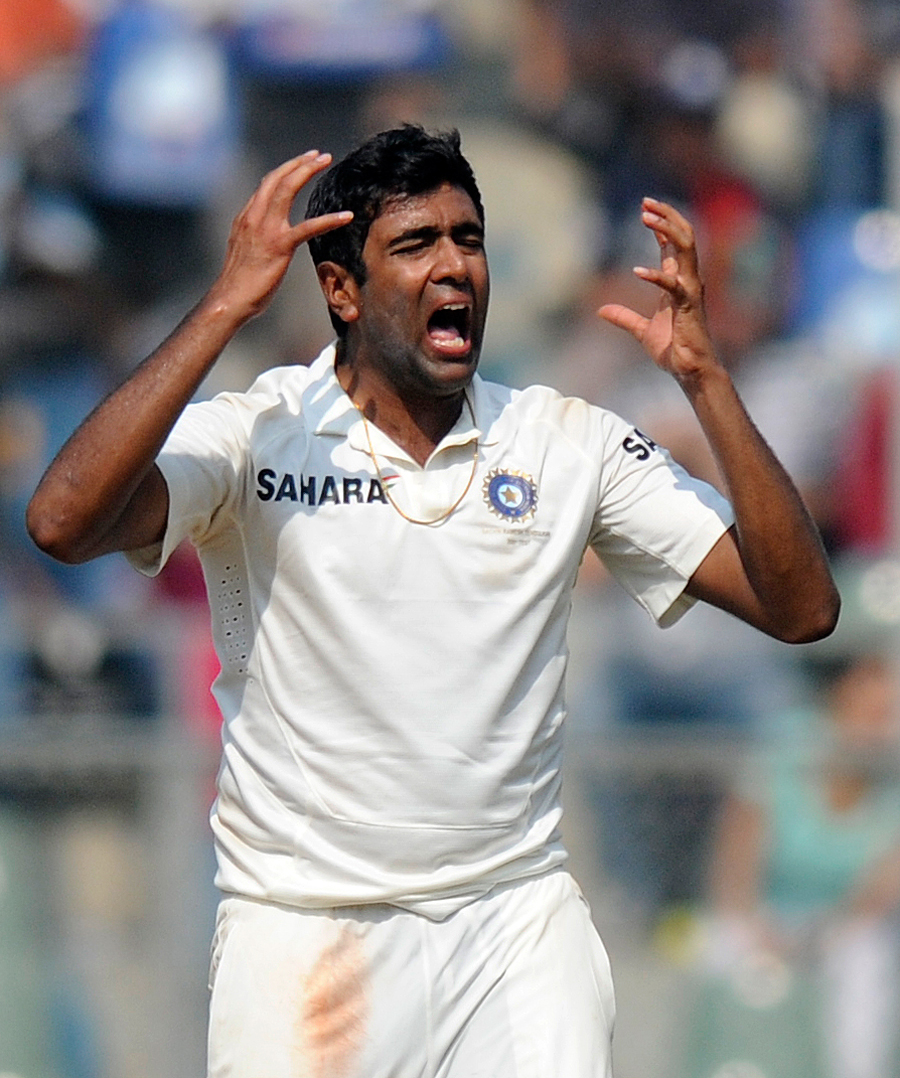As someone who watched the great Indian offspinners of the past from close quarters, it is frustrating to watch their modern contemporaries failing to follow some of the basic principles of the discipline.
Before I go into the specifics of the offspin bowling on view in Sydney, with particular reference to India's R Ashwin, I will venture a sweeping statement about Indian bowlers, one that I'll be delighted to be corrected about. On the evidence of the last eight to ten matches I have watched, they give the impression that they do not practise bowling enough. The evidence - circumstantial, I admit - is there for all to see, as they spray the ball around match after match with seemingly no control over length and line. My suspicion was strengthened by what I heard from someone who followed the team around in England and was witness to their practice routine: a lot of gym work and physical training on the field, but not much bowling in the nets.
This is in sharp contrast to the way Indian bowlers in the 1970s and '80s trained. Spinners and fast bowlers bowled for hours at the nets. Not only does inadequate net practice make you inaccurate in a match, it also denies you the confidence you need to go all out to bowl in an attacking mode, because you are not sure you can land the ball where you want it. You can only play safe then by, for instance, choosing to push the ball through innocuously with greater confidence rather than trying to spin it sharply.
Nathan Lyon of Australia shows much more self-belief than others of his ilk, as did Graeme Swann not long ago. Both give the impression of being well-oiled machines, evidently well primed before they bowl the first ball in a match. Unfortunately even Lyon does not demonstrate great skill or common sense when bowling to left-handers, choosing to go round the wicket the moment one arrives at the crease.
Ashwin, too, is guilty of this seeming lack of application of mind when it comes to bowling to left-handers. Prasanna and Venkataraghavan (and Harbhajan Singh, too) seldom slipped up like this. They preferred to bowl an annoyingly constraining leg-and-middle line to left-handers, to a field that included a slip and gully (or a lone slip after the batsman had settled down and the wicket was not doing much), and always with a forward short-leg waiting for the bat-pad catch. It took a left-hander extraordinarily strong off his pads to force them to go round the wicket. A left-hand batsman will normally feel much more comfortable facing an offspinner coming round the wicket than otherwise.
So when does an offspinner go round the wicket? Mainly to right-handers. Here again, you don't have to look beyond Prasanna and Venkataraghavan. Except when they occasionally did so just to break the monotony of bowling to well-set batsmen, they went round mainly to force the batsman to play, on wickets yielding turn and perhaps bounce. That way, they also reduced the angle and enhanced the chance of lbw decisions, which excessive turn could negate from over the wicket. Two cardinal rules while bowling from round the stumps to right-handers: always have a man at slip, and never change your line. Stick to the off stump or outside it, except when you push one through with the arm from middle to off for an attempt at a clean-bowled or slip catch. The trick is to induce false shots by sticking to the same line and length but altering the angle of delivery.
Going round the wicket also often works against batsmen strong on the sweep. I have seen many such batsmen top-edge catches against this angle of attack.
Watching the Indian bowlers in Sydney, it is difficult indeed to believe that they are sure of their length and direction, or that they have the confidence to bowl to get wickets. The only time they seem to bowl attackingly is when they bowl short - with disappointing results.
In addition to resorting to modern tools of analysis and training, I am sure India's bowlers can benefit from watching videos of former greats or seeking their advice. Ashwin, for one, could be a transformed bowler if he approaches Prasanna or Venkataraghavan for guidance and puts into practice some of their lessons. They could help him improve his finish and follow-through, for instance. I'm sure they are just a text message away.

No comments:
Post a Comment